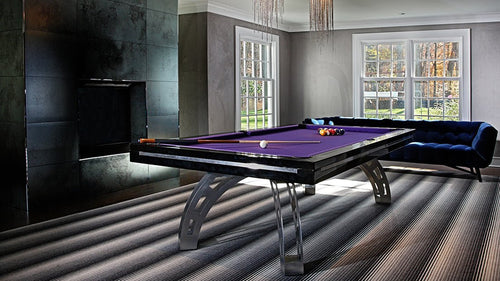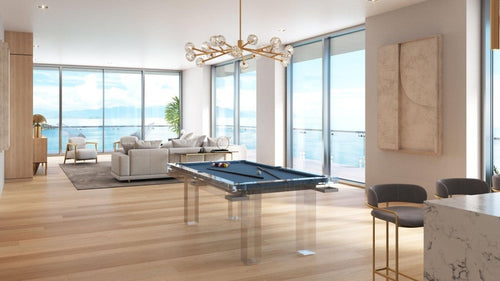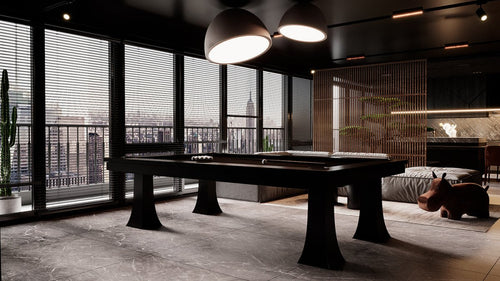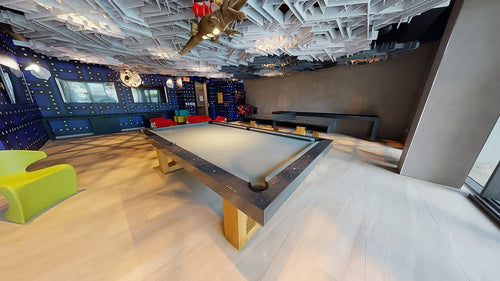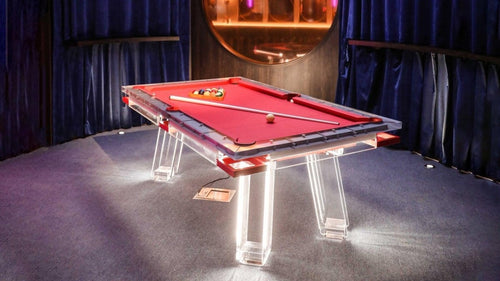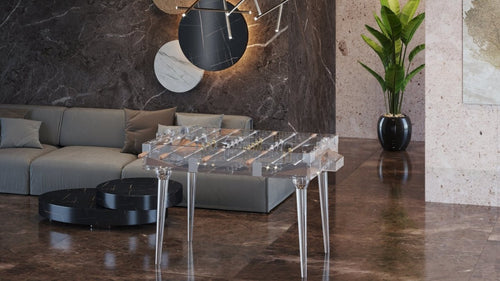Enjoy our modern designs
Estimated Read Time: 2 mins |
Introduction
Fifteen Ball offers a friendly yet instructive way to learn pocket billiards. By scoring each ball for its face value and allowing any shot—no calling required—it teaches shot selection, position play, and basic strategy without overwhelming beginners.
Equipment & Setup
- Standard pool table
- Full rack of object balls numbered 1–15, plus cue ball
- Balls racked in a perfect triangle on the foot spot
How to Play
Players alternate turns, shooting any object ball they choose. Pocketing a ball on a legal stroke adds its number to your score. Once the table is clear—or you reach a set point goal—the higher total wins. No need to call balls or pockets: if it drops, it counts.
Scoring & Objective
- Each ball’s value equals its number (e.g., 7-ball = 7 points).
- Aim to outscore your opponent by accumulating the highest total—often 61 or more—through strategic potting.
Fouls & Penalties
- Illegally pocketed or jumped balls are simply spotted back—no harsh penalty.
- Cue-ball scratches or jumps hand your opponent cue-ball in hand behind the head string.
- General fouls deduct 3 points from your score; after a foul (except jump/scratch), the incoming player shoots from the current table position.
Why Play Fifteen Ball?
- Beginner-friendly: No call shots, straightforward scoring.
- Skill-building: Teaches position play and shot choice as you chase high-value balls.
- Quick rounds: Racks end when all balls are down, keeping games brisk.
- Bridge to advanced games: Serves as a stepping-stone toward Rotation or Straight Pool.
Conclusion
Fifteen Ball balances simplicity with strategic depth. Its point-based scoring encourages deliberate planning and cue-ball control, making it ideal for players rising from casual play to more competitive formats. Rack up, chase those numbers, and watch your skills—and scores—grow.



